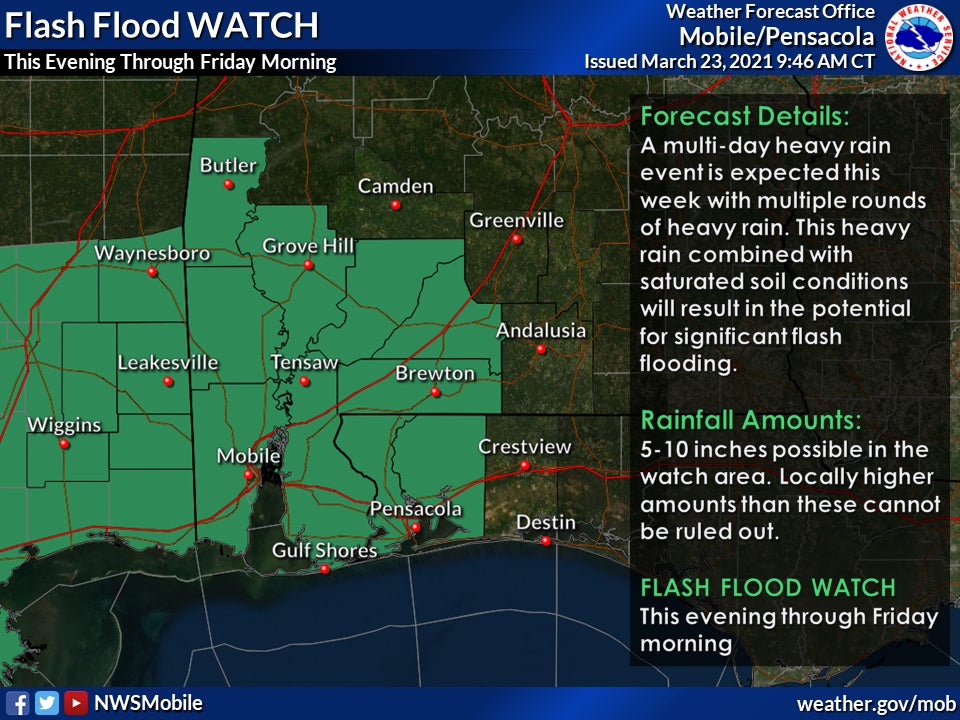Corps of engineers hosts first flood mitigation hearing
Published 1:46 am Wednesday, October 9, 2002
By By BILL CRIST – Publisher
Saying that construction on a solution to Brewton's flooding problem could begin as early as 2008, the U.S. Army Corps of Engineers held the first of two public meetings on Tuesday. According to Stephen Carter, who is with the Corps of Engineers, the study is still in the reconnaissance phase, and it will likely be April 2006 before a feasibility plan will be ready to present to Congress for funding.
The current study was actually authorized on June 25, 1998, following the flood that occurred in March of that year. The delay in beginning the study was because the city was trying to come up with its match portion of the cost.
According to project manager Charles Owens, there are four criteria the plan has to meet before the federal government can get involved. The project must be sound in terms of engineering, it must be feasible, it must be environmentally sensitive and it must be acceptable to the sponsor, in this case the City of Brewton.
Although East Brewton is not a partner in the study, they are a part of the equation. According to Bill Youngman, any project that keeps water out of Brewton, must mitigate that water's moving into East Brewton.
There are currently four options under consideration, and the presentation included a graphic representation of one of them. The options include, but may not ultimately be limited to, a floodwall, levee, flood evacuation and a flood preparedness response plan. At Tuesday's meeting, the group presented a possible levee system that would run between downtown Brewton and Murder and Burnt Corn Creeks.
An analysis of the current situation is expected to be complete in December. The draft of the feasibility report should be finished in April, 2005, with the final report finished in November of that year. Approval of the plan is expected in April, 2006.
According to Carter a survey of first floor structures within the 500-year flood zone is complete. Still to be finished are a review of existing hydrologic and hydraulic models, gathering the latest information from the Geographic Inventory System and conducting a preliminary environmental inventory.
When asked how big a levee would be, Owens used the example of a 12-foot tall levee system. He said the base would be 84 feet wide and the levee would be 12 feet wide at the top, with a road for inspections and maintenance on it. Owens said until the study was further along, though, he could not begin to guess how tall a levee would be here.
Owens also addressed the idea of taking steps to address the problem by damming the creeks upstream. A group of civic leaders in Conecuh County have proposed creating a lake near Evergreen by constructing a dam that would also serve to limit the flow of water downstream.
According to Owens, the city will be responsible for paying for 35 percent of the cost of the final project, but that figure would include in-kind contributions such as materials, equipment and land acquisition.




